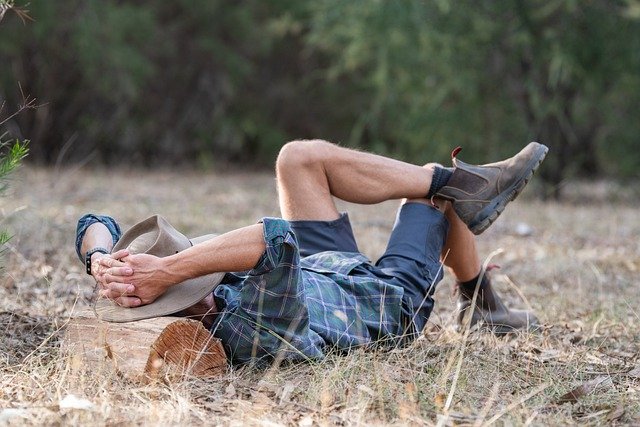Shelly Tygielski – activist, author and mindfulness teacher – was recently interviewed by Fleet Maull as co-host of the Self-Care Summit. Shelly’s lifetime focus is on self-care with an emphasis on transforming self-care into care for the community. She is a living example of her beliefs and has worked with trauma sufferers including refugees from Ukraine and provided trauma-informed counselling and healing to victims of the Buffalo supermarket shootings.
Shelly is accredited as a Mindfulness-Based Stress Reduction (MBSR) facilitator. The creator of this intervention process, Jon Kabat-Zinn, describes her as “the real deal” – she genuinely and uniquely practices what she preaches. Her commitment to community action is also reflected in her creation of the Pandemic of Love – a global, mutual aid community that connects people in need with people who can provide help and resources. It has grown from one person, Shelly, posting a simple matching process online to more than 3,000 volunteers. Shelly was inspired by the fear and traumatising needs arising from the pandemic, such as the fear of one’s young family running out of food.
Shelly provides a range of resources to assist people with self-care, including a weekly guided meditation that is conducted with thousands of people. Her podcasts and webinars also provide insight into her philosophy and approach and the inspiration to engage in self-care for community care. Shelly’s experiences, insights and practices are also capture in her online course, The Power of Showing Up: Learn how to best support yourself and others.
Shelly acknowledges that she herself suffers from intergenerational trauma which involved, in part, the way women were treated in her own family line. She readily shares that she herself has had to deal with a lot of issues but has found that this makes her more empathetic to others and helps to build rapport and authenticity with the people she is attempting to help in whatever context she is working in.
Principles and practices
Underpinning Shelly’s approach and dedicated community service is a set of principles and practices that she shares generously with others in her writings, workshops and speaking engagements. In the limited space provided in this post, I can only hope to scratch the surface of what she provides elsewhere as a source of inspiration for others:
- Self-care is self-preservation: self-care is not self-indulgent. We all need to care for ourselves so that we can manage the ups and downs of the waves of life, including the “dumpers” that leave us floundering. Without self-care, we can “go under” – drowned in the misfortunes, setbacks and failures we experience in everyday life. Carers and people in the helping professions tend to ignore self-care at the expense of their own physical and mental health – they identify with their role of care giver, not care taker. They see self-care as self-indulgence and in their view can ill afford the time to attend to their own needs.
- Self-care is community dependent: we cannot survive without the support of others. One of the main causes of depression and addiction is disconnection from others – being isolated from the “helping hand”, the thoughtful word and the kind action. GROW, a peer-led mental health program, reminds us that “You alone can do it, but you can’t do it alone”. We need the support of others – we may be “down” and de-motivated when they are “up” and providing energy and inspiration by their example, enthusiasm, commitment or encouragement. Shelly recommends having a personal self-care plan that we share with a “community of care” that can keep us accountable for our planned actions. She suggests that this is the way to achieve “sustainable self-care”.
- Self-care is for community care: we are all interconnected and interdependent. The pandemic has highlighted our dependence on doctors and nurses, transport workers, farmers and farm workers, shop assistants and anyone who provides products and services. It deepened our sense of the pain and grief of others who experienced illness and/or loss of friends and family. Shelly’s Pandemic of Love provides a constructive way to help those in pandemic-driven need. She leads by example and asserts that self-care in isolation does not recognise our connection to others in all walks of life. Shelly argues that self-care for the community is what is ultimately important. She maintains that if we are depleted, cynical or depressed we cannot show up for others in need. Self-care re-energises and re-builds us to provide the help and support that members of our community need. This lesson was particularly brought home to Shelly after leaving behind the devastation of the lives of refugees from Ukraine whom she had been helping – besides experiencing emotional and physical exhaustion, she felt shame and guilt on returning home to peace, access to the healing power of nature and support of family and friends. She found that her self-care, micro-practices helped her to restore her perspective and energy.
Reflection
Kelly’s message is not only to engage in self-care but to transform this into community care through caring for others within our capacity and in accord with our knowledge and skills – the theme of her course, The Power of Showing Up. She acknowledges that many of us are “time-poor” and often feel guilty for taking time for ourselves, particularly if we are in a carer role. With this in mind, she highly recommends micro-practices which she utilizes extensively herself. Shelly shares her insights and practices in her podcasts and her recent book, Sit Down to Rise Up: How Radical Self-Care Can Change the World.
Shelly contends that we have a moral obligation to show up for others in need. We can create “ripples of influence” by joining with others to create social movements. The recent example of the success of TEAL candidates during the Australian Federal election shows how community activism around a shared set of values can cross the divide of location, socio-economic status and prior conditioning. TEAL is a loose connection of independent political candidates (not bound to any political party) who share a commitment to the common values of climate change, political accountability and gender equity. This solidarity led to unseating previously-elected members of the ruling political party who failed to demonstrate true commitment to these values, and, in some instances, had actively worked against them.
My takeaway from listening to Shelly and observing her vast array of actions and activism is my need to join or develop a community of care. To this end, I have purchased her course, The Power of Showing Up, so that I can engage more actively in community care. I also need to maintain my self-care activities in the form of Tai Chi, mindfulness activities, micro-practices and the reflective writing of this blog. As we grow in mindfulness through these kinds of activities, we can gain the necessary self-awareness, emotional regulation, self-care and courage to show up in the world and use our gifts to support others in their daily lives.
_______________________________
Image by Angela Huang from Pixabay
By Ron Passfield – Copyright (Creative Commons license, Attribution–Non Commercial–No Derivatives)
Disclosure: If you purchase a product through this site, I may earn a commission which will help to pay for the site, the associated Meetup group, and the resources to support the blog.









